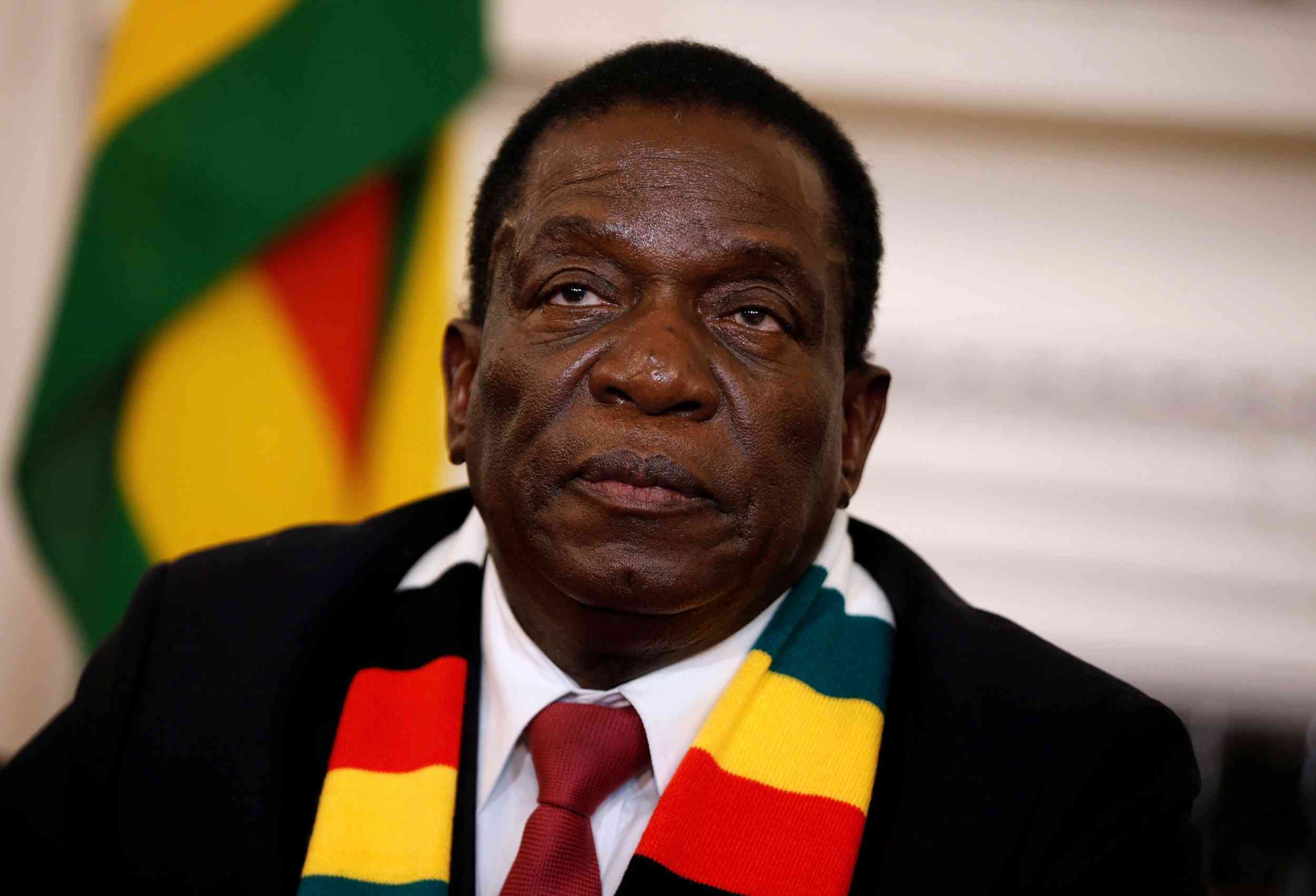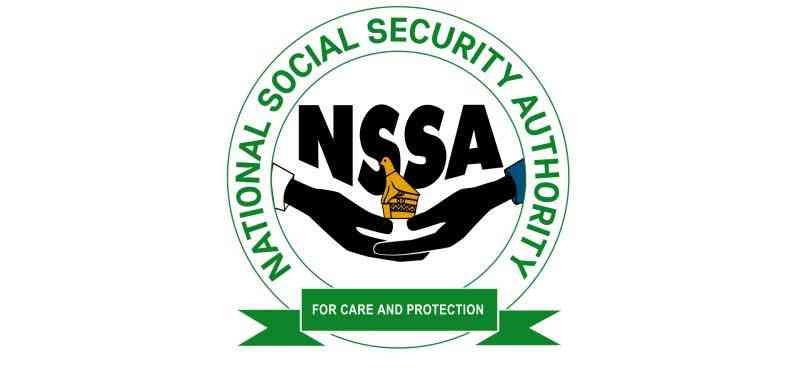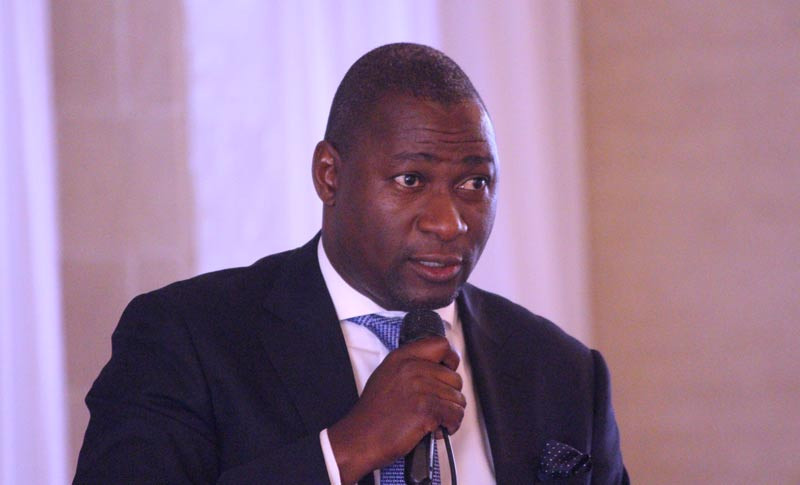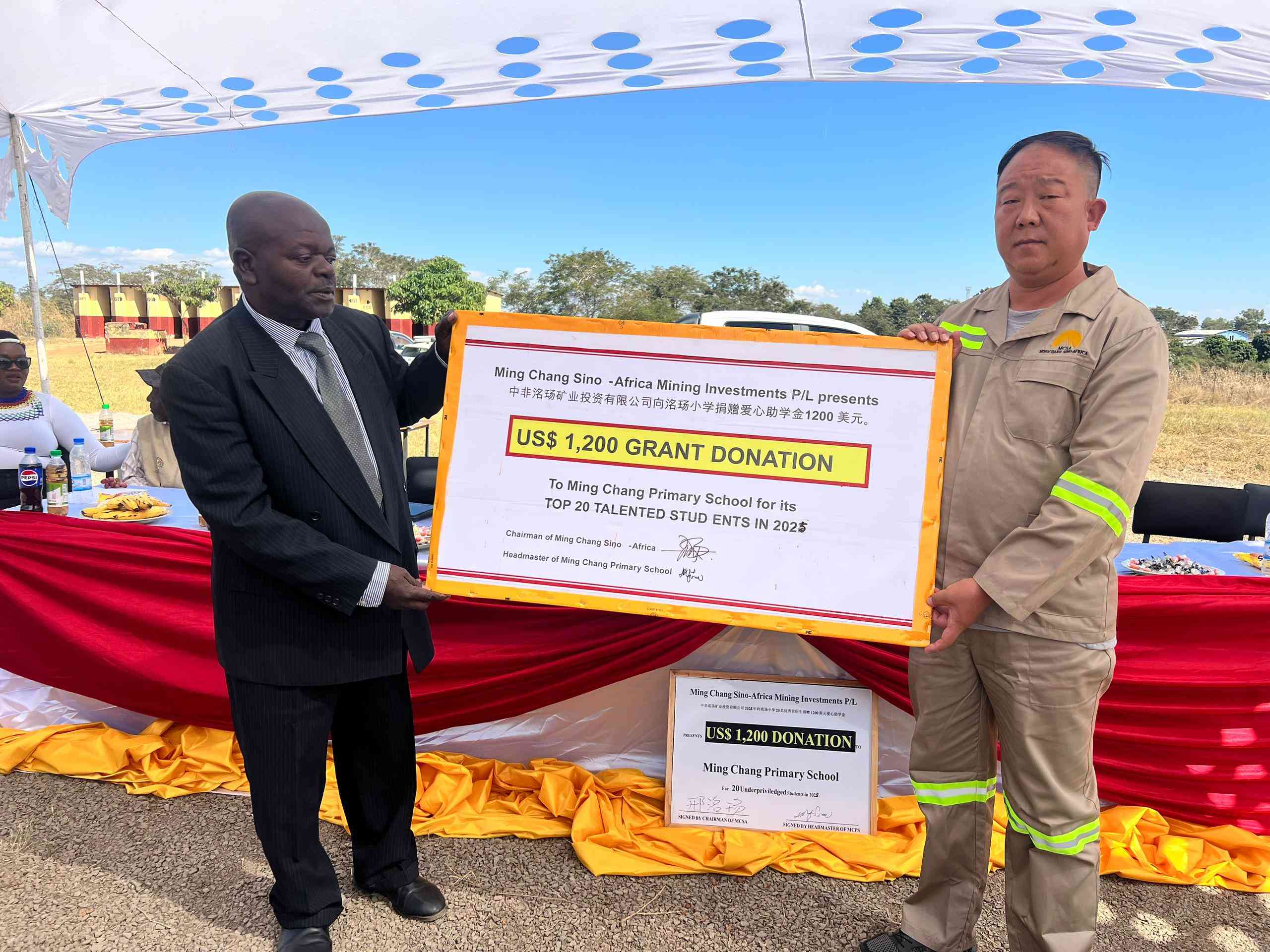ZIMBABWE’s monthly cost of living shot by 4,1% to almost $18 000 in September, escalating fears of deepening poverty levels in a country where over 70% of working age people are unemployed.
BY FIDELITY MHLANGA
The majority of these people have been thrown out of formal jobs by extensive de-industrialisation, which was compounded by firm shutdowns throughout the year as government battled to contain the COVID-19 pandemic.
The cost of living was measured at $17 244 in August and $15 570 in July.
Analysts said yesterday its continued rise presented the biggest challenge to millions of people who now live on State assistance and donations from non-governmental organisations. According to the Employers Confederation of Zimbabwe, over one million people have been thrown out of formal employment this year, adding to about five million more who earn a living through menial jobs.
The Zimbabwe National Statistics agency (ZimStat) measures the total consumption poverty line (TCPL) for a family of five.
Keep Reading
- Chamisa under fire over US$120K donation
- Mavhunga puts DeMbare into Chibuku quarterfinals
- Pension funds bet on Cabora Bassa oilfields
- Councils defy govt fire tender directive
“The TCPL for an average of five persons stood at $17 956,87 in September 2020. This means that an average household required that much to purchase food and non-food items for them not to be deemed poor. This represents an increase of 4,1% when compared to the August 2020 figure of $17 244,07,” ZimStat said in a statement on Wednesday.
The latest figure demonstrates how difficult life has become for Zimbabweans ahead of the festive season which starts next month.On average, government workers earn $11 350 per month. State workers represent the bulk of formally employed people in Zimbabwe.
Economists say these workers cannot pay for the most basic requirements like school fees, healthcare and rentals.Civil servants have been on strike throughout the year demanding a living wage.
But government has dug in, saying it has offered them enough.
ZimStat said the September 2020 food poverty line (FPL) for an average of five persons in Zimbabwe stood at $7 382.This represented an increase of 2,4% when compared to the August 2020 figure of $7 210.
The food poverty line per person stood at $1 476 representing an increase of 2,4% over the August 2020 figure of $1 442
“The food poverty datum line represents the minimum consumption expenditure necessary to ensure that each household member can (if all expenditures were devoted to food) consume a minimum food basket representing 2 100 calories. An individual whose total consumption expenditure does not exceed the food poverty line is deemed to be very poor,” ZimStat said.
“The poverty datum lines vary by province as prices vary from place to place. The TCPL for an average household in September 2020 ranged from $17 410 in Mashonaland Central province to $19 753 in Matabeleland North province. The differences are explained by differences in average prices in the provinces,” ZimStat said.
Zimbabwe, which has the world’s second highest inflation of 659,4%, after Venezuela’s 1 813%, is experiencing its worst economic crisis aggravated by runaway inflation and currency depreciation.
About seven million people are food insecure, according to the United Nations.





